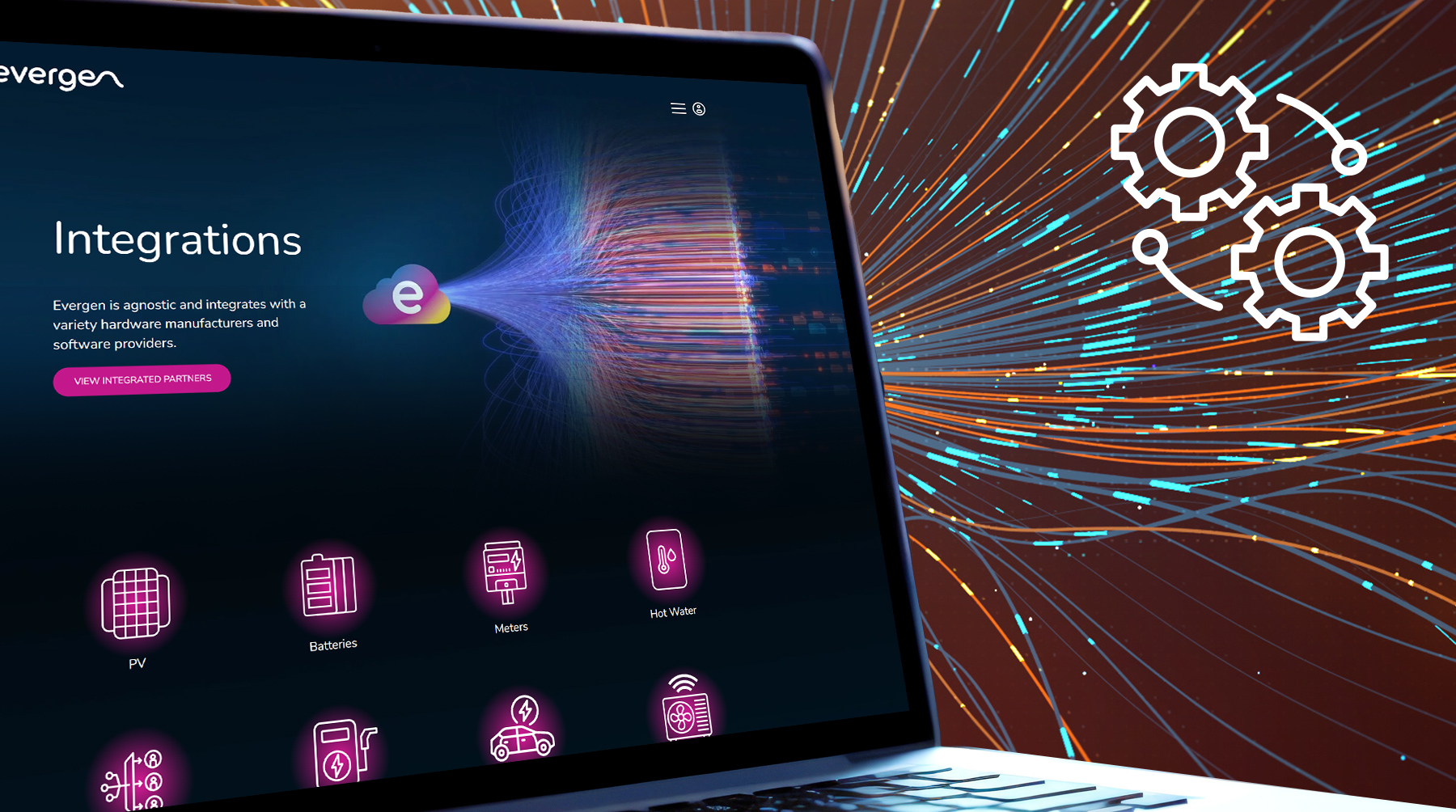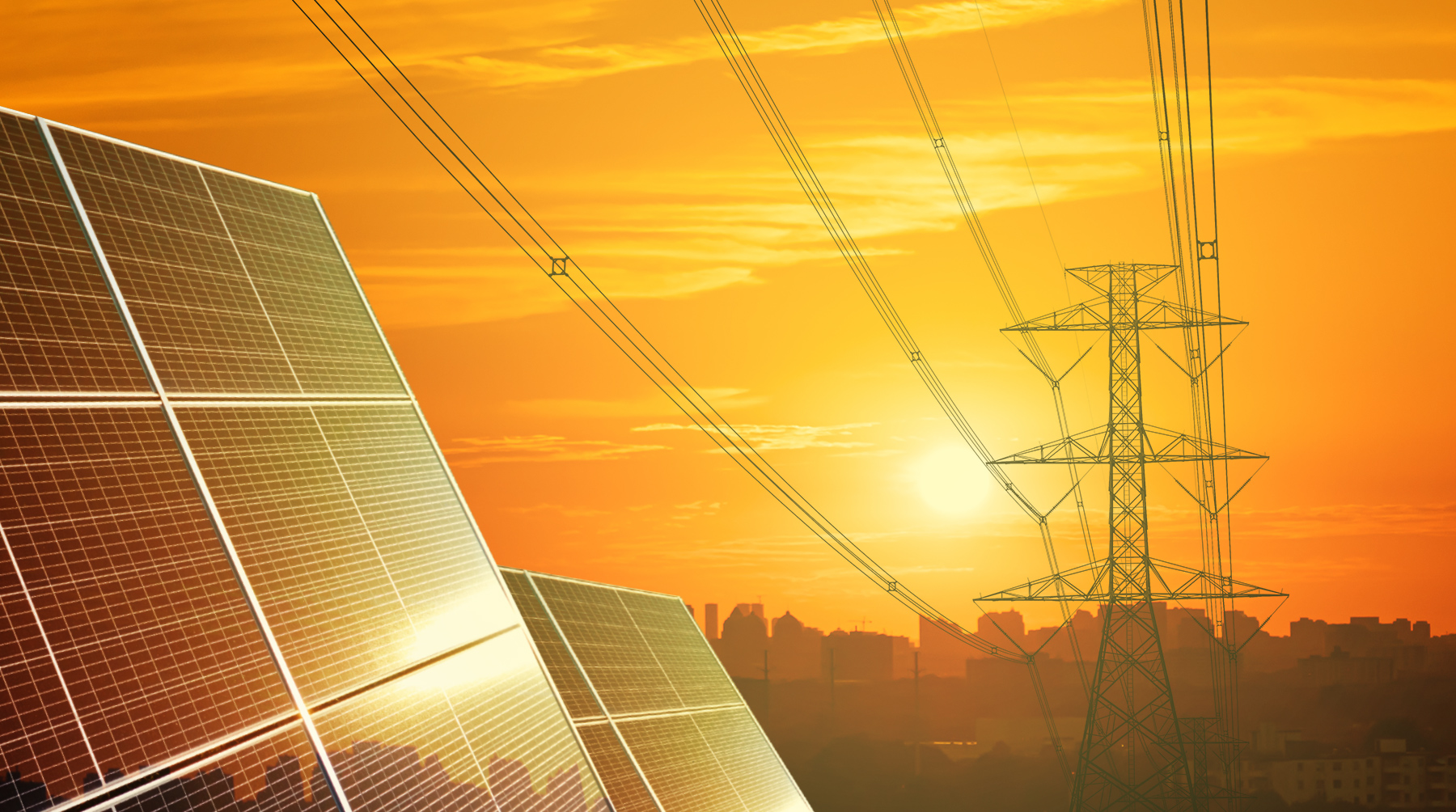By Carolyn Hicks, Software Engineer at Evergen, completing a Master of Environmental
How CO₂-free energy and green power is making an impact in Australia
It’s no secret that fossil fuels such as coal, oil and gas are a problem for the world. They’ve enabled massive industrial development that lifted millions of people out of poverty, but the costs have been known for decades. Burning fossil fuels generates carbon dioxide, CO₂, which collects in the atmosphere and causes the climate to change and become unstable. Fossil fuels also create air pollution which causes all kinds of health impacts like asthma, not to mention the odd oil spill. It’s well past time for us to upgrade.
Ditching fossil fuels means decarbonising our economy and our lives. This affects lots of things like agriculture, transportation, and manufacturing – but the biggest impact is on how we generate and use energy. A lot of our energy is in the form of electricity, most of it generated by coal and gas combustion, but we also use fossil fuels directly in things like gas heaters and cooktops, or petrol and diesel vehicles. So there are two steps to decarbonising energy. One, make our electricity as clean as possible by generating it from renewable sources; and, two, use that clean electricity to run as much of our stuff as we can. Australia is going pretty hard on step one, and step two isn’t far away.
Solar and wind are the lowest-cost sources of energy in most energy markets worldwide, and Australia has a lot of sunny and windy places. So we’re really well placed to generate a lot of cheap and clean energy. By the end of 2021 Australia had installed enough solar PV to meet 15.5% of electricity use, a higher proportion than any other country. In 2022, 70% of electricity use in South Australia was met by variable renewable energy – that’s huge! It’s more than any other large-scale grid in the world.
Because Australian energy systems are dealing with a higher level of renewable generation than other places, they’re among the first to face some engineering challenges that arise from that. Renewable sources of electricity are much more variable and less predictable than fossil fuel combustion, and because they’re not traditional generators using “big spinning things” (that’s a technical term), there’s less buffer in the system if things change suddenly. There’s a lot of work to be done in getting the grid renewable-ready, and Australia is at the cutting edge of this effort.
Grid operators need to keep things humming at a very precise frequency in order to keep everybody’s TVs and laptops happy. To maintain grid stability when lots of renewables are in the mix, grid operators sometimes have to ask solar generators to stop exporting energy during the day. Then there can be a massive ramp-up of demand in the evening as load increases (people get home from work and turn things on) while solar generation declines. Of course, as we progress with step two – electrify all the things – demand for electricity will grow and this challenge will get even harder. This means a lot of things are going to need to get smarter, and that’s where Evergen can help.
Energy storage is going to be a critical part of the solution here. If we’re generating too much solar during the day, and then don’t have enough renewables in the mix at night, it’s a no-brainer to put that excess energy into a battery and use it later. This requires some “smarts”, so consumers don’t have to be managing this directly – it’s much easier for a home with solar panels to use a smart device to decide when to charge the battery. The stored power can be used within the home or exported to the grid at peak times.
Another way that using smarter energy can help us decarbonise, is through load shifting. If you need to do something that uses a lot of energy, it’s really helpful if you can do it when the sun’s shining or the wind’s blowing. It’s obviously not possible to organise every activity that way, but a lot of non-time-critical things like water heating, pool pumps and charging electric vehicles can be scheduled to suit peak renewable generation periods. This will help make the grid smarter, dynamically adjusting generation and load to maximise the amount of renewables in the mix.
Over the next few years, energy consumers are going to be helping Australia to decarbonise through the use of solar panels and batteries, with smart software like Evergen’s Intelligent Control to optimise when they export or store energy, and using Home Energy Management Systems to optimise Time of Use for energy-intensive activities. Increasingly people will be electrifying their homes by removing gas appliances, and swapping petrol or diesel vehicles for electric cars with smart chargers, ensuring they run on green power. Neighbourhoods will have community batteries to share their clean energy around. Rather than being passive consumers of electricity, we’ll be actively participating in the management of energy resources and contributing to a cleaner energy system.


To date, the total number of solar and battery systems that Evergen optimises equates to abating 186,476 tonnes of CO₂, which is equivalent to taking 60,000 cars off the road.
The result will be more efficient energy use, cleaner air and lower greenhouse gas emissions. Plus a whole lot of new jobs in the rapidly growing renewable and manufacturing industries! As we leave fossil fuels behind, Australia will be leading the way to a smart and reliable renewable energy system, creating a cleaner, safer future for everybody.
Sources:
1. Snapshot of Global PV Markets 2022
2. PV Magazine – IEA report confirms Australia remains a solar PV stronghold
3. Renew Economy – South Australia: Grid with the most wind and solar has the smallest reliability gap




